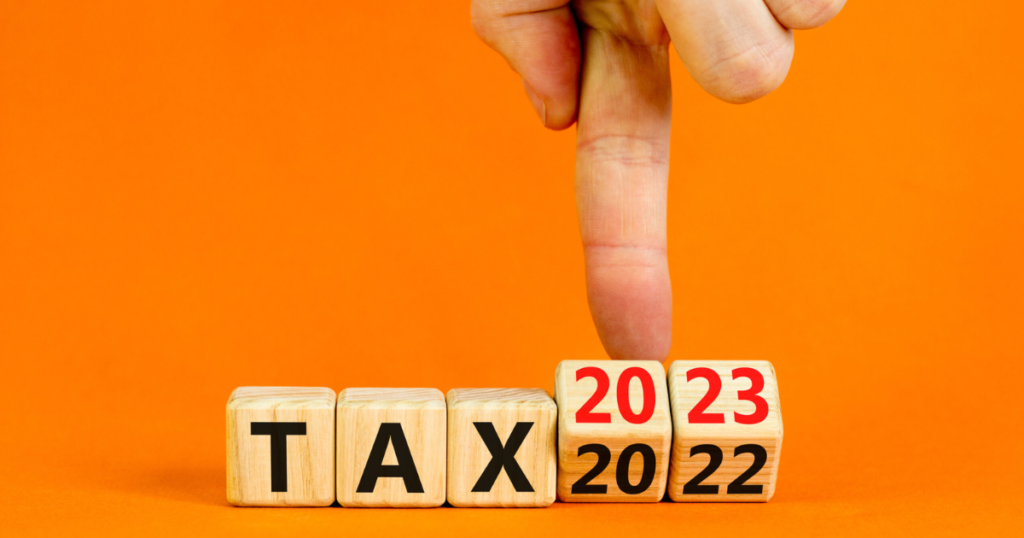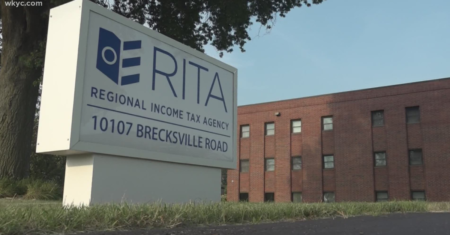
Tax brackets are the ranges of income that determine how much tax you pay on your earnings. The tax brackets are set by the government and can change from year to year. Knowing your tax bracket can help you plan your finances and estimate how much tax you will owe or receive as a refund.
In this article, we will explain what the tax brackets are, how they work, and what they mean for you in the 2023/24 tax year. We will also provide some tips on how to reduce your taxable income and save money on taxes.
Related articles
2- Gross Income
What are the tax brackets?
The tax brackets are the divisions of income that are taxed at different rates. The more income you earn, the higher your tax rate will be. This is called a progressive tax system, which means that people who earn more pay a higher proportion of their income in taxes.
The tax brackets vary depending on where you live in the UK. There are three different sets of tax brackets for England, Wales, Northern Ireland, Scotland, and Wales. Each set has a personal allowance, which is the amount of income you can earn before you pay any tax. The personal allowance is the same for all regions and is £12,570 for the 2023/24 tax year1.
The table below shows the tax brackets and rates for each region for the 2023/24 tax year2345:Abrir no navegador
| Region | Band | Taxable income | Tax rate |
|---|---|---|---|
| England, Wales, Northern Ireland | Personal allowance | Up to £12,570 | 0% |
| Basic rate | £12,571 to £50,270 | 20% | |
| Higher rate | £50,271 to £125,140 | 40% | |
| Additional rate | Over £125,140 | 45% | |
| Scotland | Personal allowance | Up to £12,570 | 0% |
| Starter rate | £12,571 to £14,733 | 19% | |
| Basic rate | £14,734 to £25,885 | 20% | |
| Intermediate rate | £25,886 to £43,662 | 21% | |
| Higher rate | £43,663 to £125,140 | 41% | |
| Top rate | Over £125,140 | 46% |
How do the tax brackets work?
The tax brackets work by applying different rates of tax to different portions of your income. You do not pay the same rate of tax on your entire income. Instead, you pay each rate only on the income that falls within that bracket.
For example, if you live in England and earn £40,000 in the 2023/24 tax year, you will pay:
- No tax on the first £12,570 of your income (personal allowance)
- 20% tax on the next £27,700 of your income (basic rate)
- No tax on the remaining £9,730 of your income (higher rate)
Your total tax bill will be:
- £0 + (£27,700 x 0.2) + £0 = £5,540
Your effective tax rate will be:
- (£5,540 / £40,000) x 100 = 13.85%
This means that you pay an average of 13.85% of your income in taxes.
What do the tax brackets mean for you?
The tax brackets mean that your tax liability depends on how much income you earn and where you live. The more income you earn, the more tax you will pay. However, your effective tax rate will always be lower than your marginal tax rate.
Your marginal tax rate is the rate of tax you pay on your highest bracket of income. For example, if you live in Scotland and earn £50,000 in the 2023/24 tax year, your marginal tax rate will be 41%, which is the rate you pay on the income above £43,663.
Your effective tax rate is the average rate of tax you pay on your total income. For example, if you live in Scotland and earn £50,000 in the 2023/24 tax year, your effective tax rate will be:
- (£0 + (£2,163 x 0.19) + (£11,152 x 0.2) + (£17,777 x 0.21) + (£6,408 x 0.41)) / £50,000 x 100
- = (0 + 411 + 2,230 + 3,733 + 2,627) / 50,000 x 100
- = (9,001 / 50,000) x 100
- = 18.00%
This means that you pay an average of 18% of your income in taxes.
Knowing your marginal and effective tax rates can help you plan your finances and make informed decisions. For example, you can use them to:
- Estimate how much tax you will owe or receive as a refund
- Compare the tax implications of different sources of income, such as salary, dividends, interest, etc.
- Evaluate the benefits of tax-efficient investments, such as pensions, ISAs, etc.
- Optimize your tax deductions and allowances, such as charitable donations, work expenses, etc.
How to reduce your taxable income and save money on taxes
There are several ways you can reduce your taxable income and save money on taxes. Some of the most common and effective methods are:
- Claiming your personal allowance: You can claim your personal allowance if you earn less than £100,000 in the 2023/24 tax year. This means that you do not pay any tax on the first £12,570 of your income. If you earn more than £100,000, your personal allowance will be reduced by £1 for every £2 of income above £100,000. This means that if you earn £125,140 or more, you will lose your entire personal allowance1.
- Claiming marriage allowance: You can claim marriage allowance if you are married or in a civil partnership and one of you earns less than the personal allowance. This allows the lower earner to transfer up to 10% of their unused personal allowance to the higher earner, reducing their tax bill by up to £252 in the 2023/24 tax year6.
- Claiming blind person’s allowance: You can claim blind person’s allowance if you are registered as blind or severely sight impaired. This increases your personal allowance by £2,520 in the 2023/24 tax year, reducing your tax bill by up to £1,008.
- Saving into a pension: You can save into a pension and get tax relief on your contributions. The amount of tax relief you get depends on your marginal tax rate. For example, if you are a basic rate taxpayer, you can get 20% tax relief on your pension contributions. This means that for every £80 you save into a pension, the government will add £20. You can save up to 100% of your earnings or £40,000 (whichever is lower) into a pension each year and get tax relief.
- Saving into an ISA: You can save into an ISA and get tax-free interest or returns on your savings or investments. You can save up to £20,000 into an ISA each year and choose from different types of ISAs, such as cash ISAs, stocks and shares ISAs, lifetime ISAs, etc.
- Donating to charity: You can donate to charity and get tax relief on your donations. The amount of tax relief you get depends on your marginal tax rate. For example, if you are a basic rate taxpayer, you can get 20% tax relief on your donations. This means that for every £80 you donate to charity, the charity will claim an extra £20 from the government. You can also claim back the difference between your marginal tax rate and the basic rate on your donations if you fill in a Self Assessment tax return.
- Claiming work expenses: You can claim work expenses if you have to spend money on things that are necessary for your job and are not reimbursed by your employer. For example, you can claim work expenses for travel costs, uniforms, equipment, etc. The amount of work expenses you can claim depends on the type and amount of expenses you have. You can either claim a flat rate deduction or the actual amount of expenses you incurred.
These are some of the ways you can reduce your taxable income and save money on taxes. However, there may be other methods that are more suitable for your specific circumstances. Therefore, it is advisable to seek professional advice from a qualified accountant or financial adviser before making any decisions.
Tax brackets are the ranges of income that determine how much tax you pay on your earnings. The tax brackets vary depending on where you live in the UK and how much income you earn. Knowing your tax bracket can help you plan your finances and estimate how much tax you will owe or receive as a refund.
You can also reduce your taxable income and save money on taxes by claiming various allowances, deductions, and reliefs that are available to you. However, these methods may not apply to everyone and may have different implications depending on your situation. Therefore, it is important to consult a professional before taking any action.
We hope this article has helped you understand and plan for the tax brackets 2023. If you have any questions or comments, please feel free to leave them below.
About the Author






0 Comments